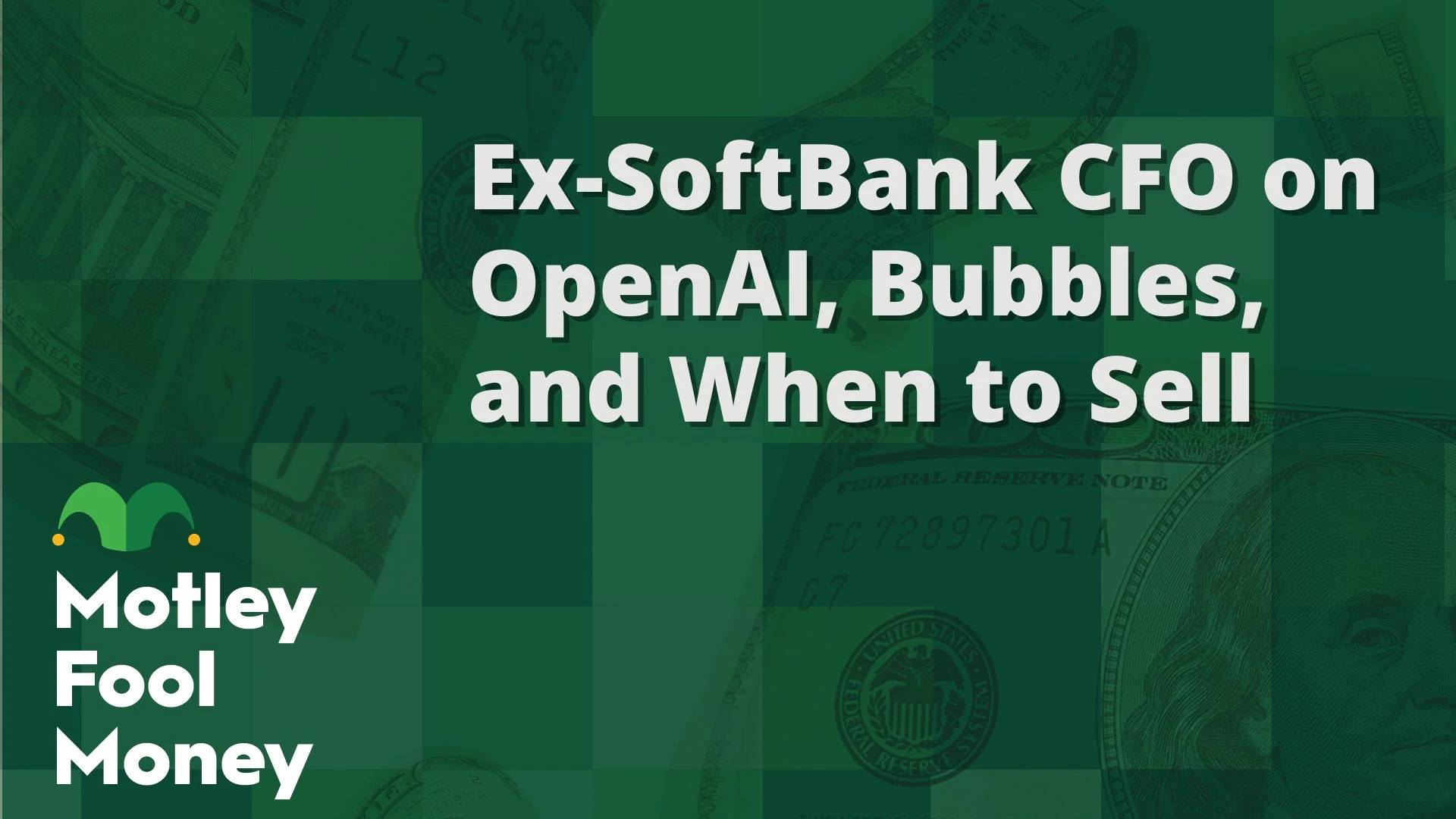Contents
The Rise and Stall of Nvidia’s Stock
In recent years, Nvidia has been a key player in the artificial intelligence (AI) sector, enjoying substantial operational success due to its cutting-edge chip designs. However, despite impressive business performance, the company faces challenges with its stock price. Let’s delve into the reasons behind this and examine the potential for Nvidia’s shares to reach $200 by year-end.
The End of Nvidia’s Meteoric Ascent
Nvidia’s stock has soared approximately 2,450% over five years, rewarding its loyal investors. Yet, cracks are beginning to show in this growth narrative as even strong financial results are failing to captivate the market as they once did. In the second quarter, revenue surged by 122% year-over-year, reaching $30 billion, largely due to high demand for Nvidia’s data center graphics processing units (GPUs) crucial for AI algorithms. Operating income also increased by 174%, hitting $18.6 million. The company’s management is optimistic about the introduction of new AI hardware using the advanced Blackwell architecture, expected to drive demand from 2025 onwards.
Additionally, Nvidia’s board has sanctioned a massive $50 billion share repurchase plan, which can enhance shareholder value by reducing the number of shares in circulation. Despite these positive developments, Nvidia’s split-adjusted stock price has dipped by roughly 10% since August 28, indicating market skepticism about the sustainability of its operational momentum.
Challenges Loom for the AI Sector
There are several reasons why investors are cautious about Nvidia’s current performance. A key concern is the consumer-facing segment of the generative AI industry, which has yet to show clear monetization paths. According to analysts at Goldman Sachs, current AI systems may not be capable of solving complex problems that justify their costs.
Moreover, while technologies like large language models (LLMs) such as ChatGPT are advancing, their monetization could be hampered by competition from free, open-source options like Meta Platforms’ Llama or Elon Musk’s Grok.

The AI industry risks mirroring previous hype cycles, such as those seen with the internet or electric vehicles, where companies overestimated consumer demand, leading to overcapacity. Should this occur with generative AI, demand for Nvidia’s expensive data center hardware might stabilize or even decline in the short term, despite potential long-term adoption.
Following a 10-for-1 stock split in June, Nvidia’s current stock price of $115 does not reflect the company’s true scale. With a market cap of $2.84 trillion, Nvidia stands as the third-largest company globally, trailing only Microsoft and Apple. A surge to $200 per share would increase its market cap to approximately $4.9 billion, potentially making it the largest company in the world. Given its forward price-to-earnings (P/E) ratio of just 41 and triple-digit earnings growth, there appears to be room for stock appreciation.
However, unlike traditional megacap companies that have grown over decades by serving established, profitable sectors, Nvidia’s business remains speculative and uncertain, which contributes to its discounted valuation. Reaching a $200 share price in 2024 or soon thereafter seems improbable until the AI software sector begins to substantiate its value independently—a development that remains uncertain.
Should You Invest $1,000 in Nvidia Now?
Before deciding to invest in Nvidia, consider this:
The Motley Fool Stock Advisor team recently highlighted what they believe are the top 10 stocks for investment right now, and Nvidia was not among them. These 10 stocks are positioned to potentially deliver significant returns in the coming years.
Reflect on when Nvidia was recommended on April 15, 2005: if you had invested $1,000 then, your investment would have grown to $710,860.*
The Stock Advisor program offers a straightforward approach to investing success, including portfolio building advice, regular analyst updates, and two new stock picks monthly. Since 2002, the Stock Advisor service has more than quadrupled the return of the S&P 500.*
Explore the 10 stocks ›
*Stock Advisor returns as of September 17, 2024




